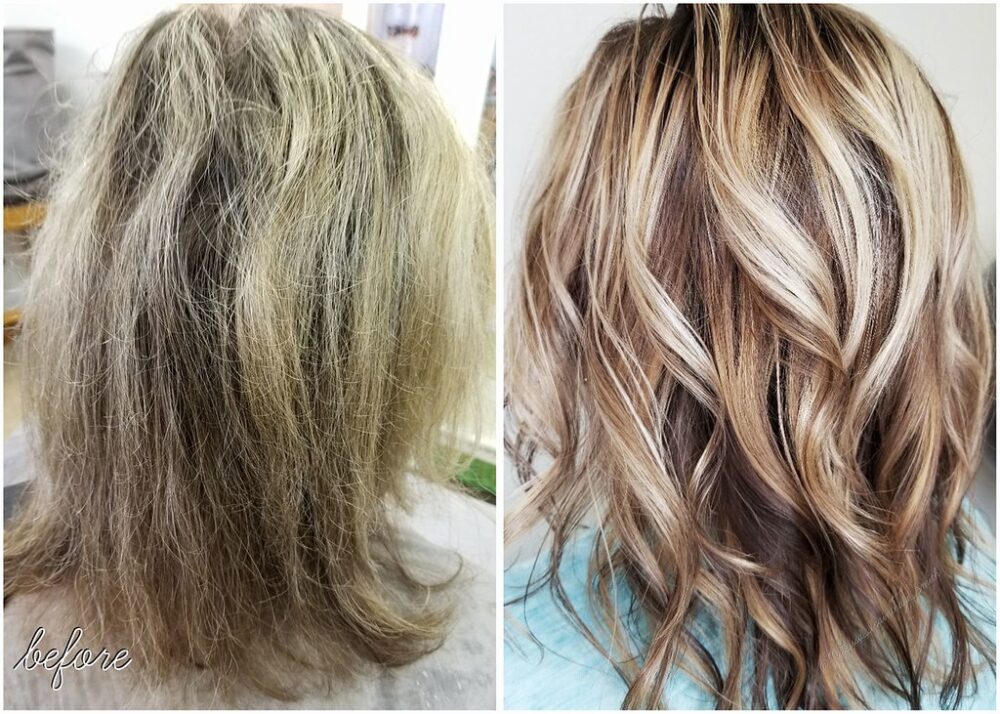Let’s face it, hair care is not an easy task. Personally, it takes me around four to five minutes of brushing my hair to get it looking presentable, and even then, the outside world could easily not cooperate and mess up my look. However for some people, no matter how hard they try, their hair will just not go flat. Why is that? Well, one possible reason is what’s known as uncombable hair syndrome.
What exactly does that mean? Uncombable hair syndrome, also known as spun glass hair, is a genetic disorder where a person’s hair cannot be combed smoothly. This condition is associated with lighter hair colors such as silver, light brown, or blond. Other symptoms include frizzy and dry hair, hair that grows outward in multiple directions rather than downward, and hair that looks shiny, sometimes described as “a synthetic doll hair-like look,” according to a study published in the European Journal of Medical Genetics. The condition affects children up to age 12, typically starting in infancy. In addition, the condition usually presents itself only on the scalp; hair on other parts of the body usually remain unaffected.
“Uncombable hair syndrome, also known as spun glass hair, is a genetic disorder where a person has hair that cannot be combed smoothly.”
The syndrome is caused by mutations in either the Tchh, Padi3, or Tgm3 genes. These three genes are responsible for structuring our hair strands. Tchh produces a protein called trichohyalin, which is then modified by proteins produced by Tgm3 and Padi3. After that, the trichohyalin is able to bond with other trichohyalin proteins and keratin. These bonds create cross-links, which happen when the function group from one polymer chain connects to another polymer chain’s functional group, and these cross-links are responsible for shaping our hair. In the case of uncombable hair syndrome, mutations in these genes lead to hair becoming more angular rather than cylindrical. As a result, it becomes virtually impossible for the jagged hair strands to lie flat; in addition, the shape of the hair allows it to reflect light in a way that makes it look shiny.
It turns out that a way to diagnose this condition is through studying samples of hair under an electron microscope to identify if the strands have an angular shape. “The hair sample can be submitted for electron microscopic evaluation to assess for the classic findings of triangle-shaped hair shafts,” dermatologist Adam Leavitt told the Dermatology Times.
In average cases, there typically aren’t any other conditions associated with this condition. However, there have been instances where uncombable hair syndrome was found along with ectodermal dysplasias — conditions affecting hair, teeth, and nails. As of now, there does not appear to be any treatments for uncombable hair syndrome. However, in average cases, the condition resolves itself by the time adolescence comes around.






